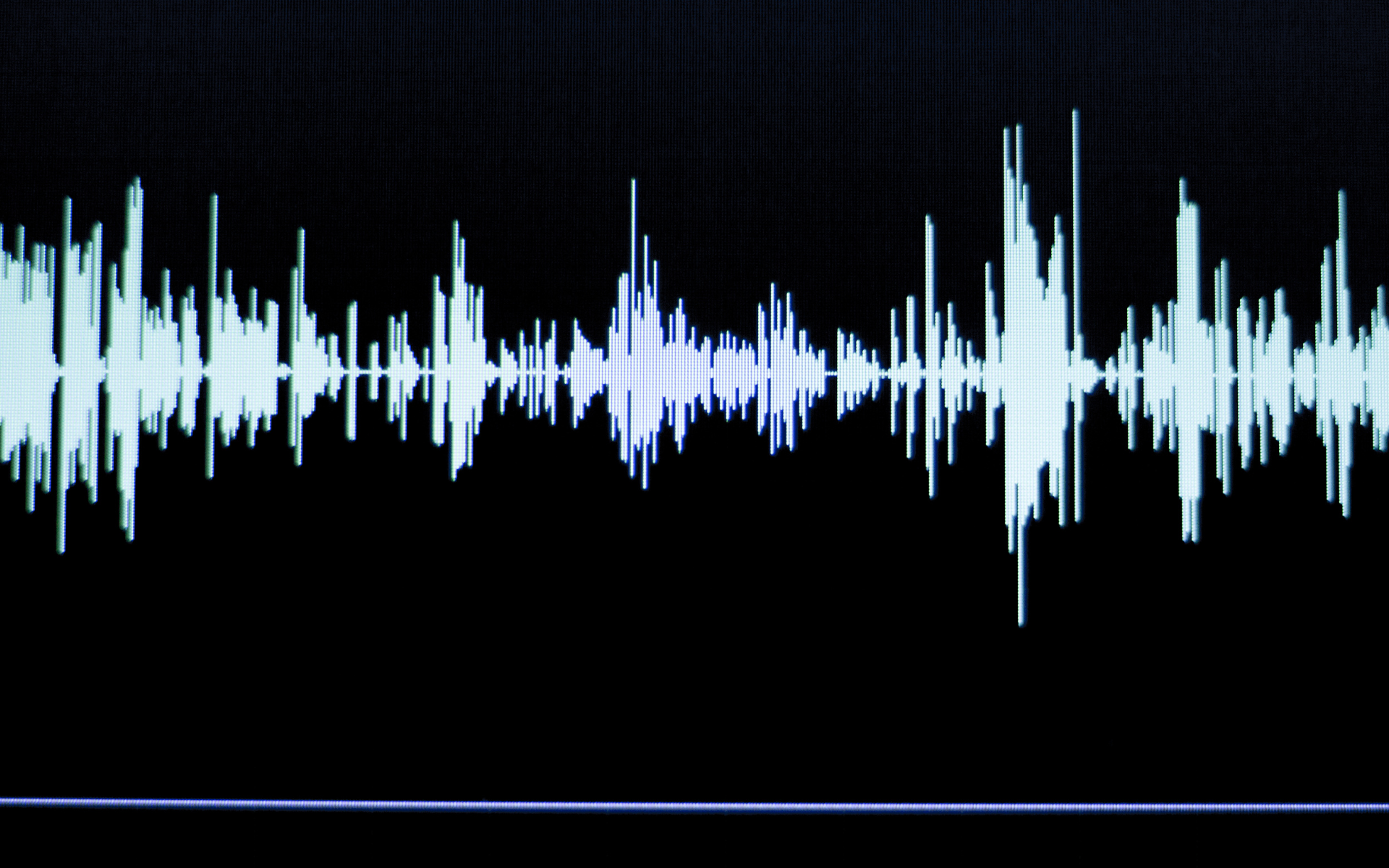Managing risk, ensuring compliance and improving oversight are increasingly challenging tasks. It comes as no surprise that the 2024 1LoD Surveillance Benchmarking Report reveals a significant trend: 74% of banks plan to invest in new voice surveillance technology before 2027. But why is it the next strategic investment for so many financial institutions?
Non-compliance is more expensive than compliance
Where banks might have aimed to invest as little as they could get away with in the past, this position may well need to change moving forward if the latest fine at JP Morgan is anything to go by – a staggering $348 million for trade monitoring lapses underscores the seriousness of regulatory oversight.
And whilst historically major fines have been targeted at Tier 1 banks, regulators are directing scrutiny to smaller institutions, deemed influential in specific assets or markets. Consequently, avoiding investment in surveillance technology is no longer feasible for the ‘smaller players’, as regulators believe it is readily available to all.
A comprehensive system of record should be accessible to all financial institutions, whether a Tier 1 bank or a boutique investment firm. Advanced technology can offer a unified platform for seamless record-keeping across various communication channels. Enriching meta data, bridging gaps, and providing flexibility in transcription engine selection, without necessitating a full-scale enterprise surveillance solution.
High false positive rates and expensive onshore resources
Increased coverage is a recognised on-going burden thanks to an ever-growing number of venues, calling for more efficient voice surveillance technology. As the 1LoD report highlights, surveillance subject matter experts (SMEs) are typically located in expensive regions, so it’s even more important that banks invest in efficient technology to optimise resource allocation. With respondents reporting an overwhelming number of false positives – as much as 98% – very expensive resource is being spent merely performing alert reviews, of the wrong kind.
90% of respondents agreed that AI can help reduce false positives. Solutions such as Wordwatch are a central system of record for all forms of live and legacy voice, chat and IM data. Enriching meta data through accurate transcription, translation, biometric identification and AI, built specifically for the trading domain. This helps significantly reduce false positives, allowing experts to focus on critical events, thereby maximising value.

Voice surveillance emerges as a critical area for improvement
The 1LoD report reveals dissatisfaction among respondents with current voice surveillance practices, highlighting just 25% of respondents were satisfied and 45% of respondents only partially satisfied. As voice monitoring poses unique challenges, selecting the right technology is paramount.
Many banks still rely largely on outdated voice technology, characterised by cumbersome lexicons – in some cases over 1,000 – which is an expensive and inefficient approach. Banks can no longer hide behind these legacy systems to excuse poor surveillance – regulators are privy to the level of AI powered transcription technologies capable of meeting the demands of the modern trading environment. By embracing advanced solutions, banks can achieve unprecedented accuracy levels and bolster compliance efforts.
Wordwatch offers comprehensive support for compliance and surveillance teams, whether transcribing or translating 5 or 25 languages. Wordwatch delivers a powerful system of record, clarity of data, legal hold and retention management on an aggregated global per user basis. This centralised data management and enrichment approach enables more thorough monitoring of market abuse, conduct, and culture.
Bridging the gap to voice
Interestingly, the 1LoD report observed that while banks actively develop trade and communication surveillance, external support is often sought for voice surveillance.
By leveraging a centralised portal to consolidate voice data, enriching it with high-quality transcripts, and efficiently deliver it to downstream applications, banks can bridge the gap between their current surveillance capabilities and voice. This connection effectively integrates voice into their existing communication surveillance tools.
Missed opportunities
Despite advancements, many banks overlook the potential of surveillance data to drive proactive decision-making. Only 14% of banks utilise surveillance capabilities to identify commercial opportunities within client, market, and trading data.
Using the right technology, financial institutions can unlock intelligence hidden within their communications data. Matching this to deal tickets and enabling the monitoring of trends and gaining powerful insight delivered by building out large language models unique to their business.
As regulatory demands escalate, banks of all sizes must prioritise compliance.
